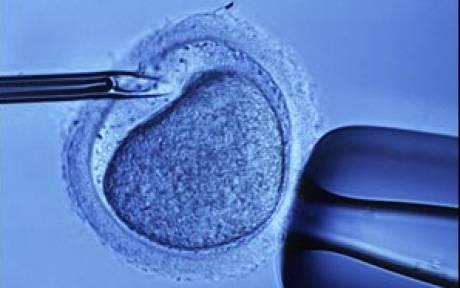Infertility is one of the major concerns of many couples nowadays. Lifestyle and genetics play a big role when it comes to the inability to conceive. Sometimes, stress is a major culprit why most women or men cannot conceive or procreate. Though there are various alternative treatments and lifestyle changes mentioned, there are certain cases where doing it the “natural way” seem next-to-impossible. One of the major breakthrough in science is IVF or in vitro fertilization treatment. IVF treatment has already been proven effective by many ardent couples pursuing their dreams of a complete family. To give you a clear picture of how the treatment works, here are important aspects that you might want to take a good look at.

What Is IVF Treatment
A unique infertility treatment, IVF requires fertilizing a woman’s egg with a male sperm in a facility. This assisted reproductive technology is part and parcel of the treatment whether it is IVF treatment on Gold Coast or elsewhere on the globe. The process often begins right before the actual taking of the egg and the sperm. A woman will be taking hormonal treatment to stimulate maturation of her egg. The process of “harvesting” the egg usually requires a local anaesthetic as a vaginal ultrasound probe will be inserted to capture the egg straight from the ovaries. Subsequently, male sperm will also be collected and then, joined together in a lab culture or petri dish.
After 3-5 days, this develops into embryos and by then, it will be ready for injection to the woman’s uterus. Extra embryos usually are frozen for future treatments. In cases, however, when a man has abnormal sperm or when there are previous IVF failures encountered, the use of intracyoplasmic sperm injection will done allowing the sperm’s direct injection into the implanted mature egg for direct fertilization.
Benefits
IVF treatment is one of the most popular and effective fertility treatments known today. For couples nearing zero odds on pregnancy, this helps boost their capability to conceive. Issues such as blocked fallopian tube, certain ovarian failures, low sperm count and other issues involving a man or a woman’s natural way of fertilization can be best addressed with the use of in vitro fertilization treatment.
This has even become more efficient today as science continually strives to improve, if not perfect, its processes. Some high-end facilities even offer pre-implantation genetic diagnosis or PGD. IVF treatment , for instance, offer this to ensure that embryos are screened beforehand of any genetic abnormalities before it is being implanted to the uterus. Through this, parents with known rare genetic disorders can pass such risk of passing their “faulty” genes to their offspring.
IVF Treatment Options
Today, there are three main types of IVF Treatment options available:
- Traditional: This requires taking of mature eggs from a woman’s ovaries and sperm from its male partner. This egg and sperm are kept in the lab in a period of 3-5 days. Once an embryo is formed, this will be implanted directly to the uterus.
- Donor Eggs/Sperm: When one or both of the partners cannot provide healthy egg or sperm, they can ask for either anonymous or known donors depending on the agreement. Screening, physical tests and blood exams are more extensive. Unknown donors usually have a six-month quarantine period while known ones do not as sanctioned by the FDA.
- Gestational Surrogates: This one requires a surrogate to carry the embryos formed. A surrogate usually “lends” her uterus to carry the baby and has no genetic link whatsoever to the one she is carrying. Though the process remains the same, the surrogate will be signing legal documents to release the baby to the couple donating the embryo after delivery.
Preparations
Procedure to couples require extensive preparations. The couples commitment to go through the rigors of blood draws, routine hormonal injections and other intra-oral medication, if any, must be completely embraced. Try to have a support system in place to give you an ear to listen and steady hands to ease you through the ordeal of conception.

